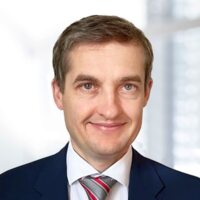This page includes annual reports, quarterly results and further presentations of Oerlikon Group.


This page includes annual reports, quarterly results and further presentations of Oerlikon Group.
August 5th, 2025
May 6th, 2025
February 18th, 2025

© Copyright 2026 OC Oerlikon Management AG
Back to top keyboard_arrow_up